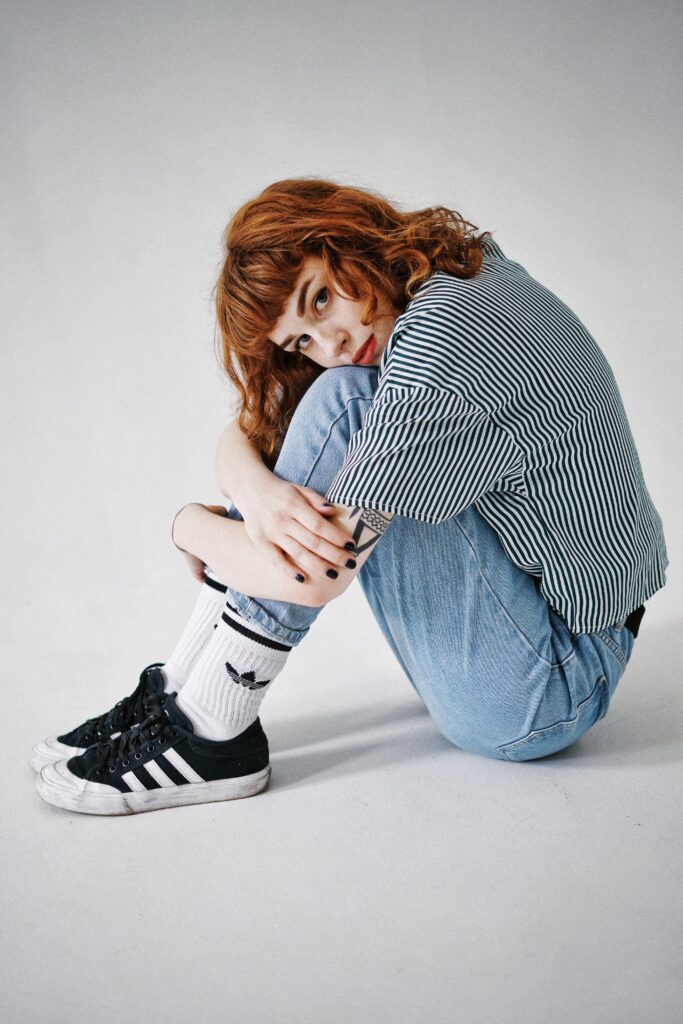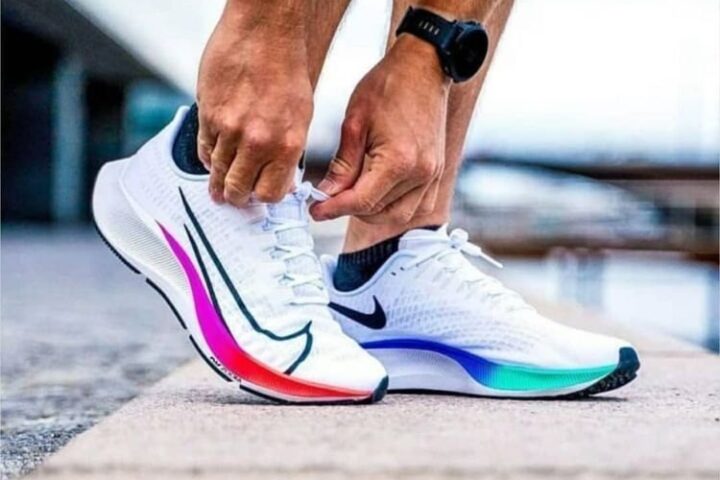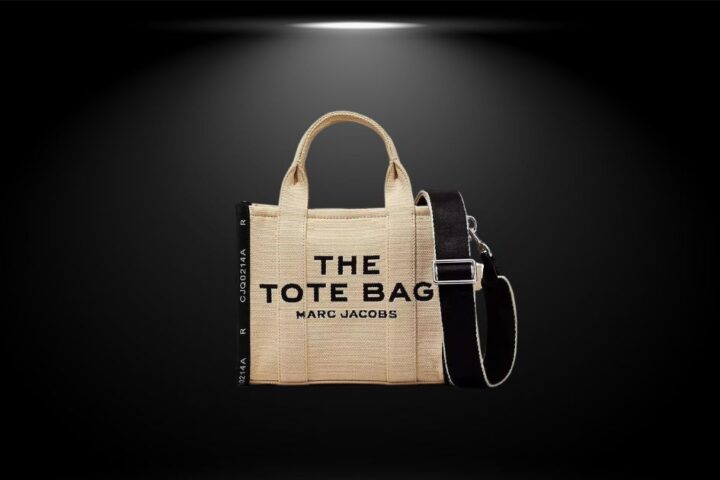An exposition of monetizing colours shall be deemed unfinished without synopsis of the words and concepts individually for better understanding.
The word “monetize” refers to the process of turning a non-revenue generating item into cash. In many cases, monetization looks to novel methods of creating income from new sources; for instance, by embedding ad revenues inside of social media video clips to pay content creators. Monetizing is the process of converting something into money. The term has a broad range of uses. In banking, the term refers to the process of converting or establishing something into legal tender.
A trademark is a recognizable sign, design, or expression which identifies products or services of a particular source from those of others. A trademark may be located on a package, a label, a voucher, or on the product itself. Apart from traditional trademarks like general logos, devices or symbols, there is another category of trademark, which are known as unconventional/ non-conventional marks.
A colour trade mark is a non- conventional trademark where at least one colour is used to perform the trade mark function of uniquely identifying the commercial origin of products or services. Trademark colours are the specific shades and hues registered to a particular brand. Particular colours are used to make certain products appear distinct from their competitors. These products can be anything from commercial products to industrial equipment. Sometimes these colours are used to identify packaging; for example Kodak packages its film in a black and yellow box, whereas Fuji packages its film in green. Products can have identifiable packaging designs as well
In recent times, colours have been increasingly used as trade marks in the marketplace. However, it has traditionally been difficult to protect colours as trademarks through registration, as a colour as such was not considered a distinctive ‘trademark’. This issue was addresses by the World Trade Organization Agreement on Trade-related aspects of Intellectual property rights, which broadened the legal definition of trademark. Despite the recognition which must be accorded to colour trade marks in most countries, the graphical representation of such marks sometimes constitutes a problem for trademark owners seeking to protect their marks, and different countries have different methods for dealing with the issue.
Many enterprises or companies consider one or more shades to be distinctive of their brand and deserving of protection against use by competitors. However, it has not proved easy to obtain such protection under trade mark law. Although it is in theory possible to trade mark a colour of combination of colours, there is still little guidance regarding the requirements for valid colour marks.
The usual question asked about monetizing colours is, “Can you claim a Trademark Colour?”. In short, yes you can trademark a colour. However, there are very specific circumstances under which a colour can be registered. Court cases have indicated that colour may not be protected as trademark if is “functional” – either utilitarian or aesthetic. If a colour is essential to the product’s use, quality or cost, then it is functional under the utilitarian designation. It is important to note that the colour of a brand is different from a colour trademark. Under the umbrella of intellectual property law, the three most common applications are the trademark, the copyright and the patent. While most corporations routinely file all of these, they use the trademark to (quite liberally) protect anything integral to their brand. Under legal doctrine, this might be “any word, name, symbol, or device used to identify and distinguish” a company’s good or service from its competitors. When a trademark is granted, it gives a company the exclusive right to use that intellectual property in its respective industries.
For many years, a colour did not, by itself, qualify as a trademark. Although not impossible, it can be difficult to protect a colour or combination of colours as a trademark. Practice shows that a colour can only obtain trademark protection when it has acquired distinctiveness. In other words, if the relevant public has started to recognize the trademark for certain goods or services as originating from a certain company, as a consequence of the use of the trademark. This means that the goods or services for which trademark protection has been sought (in this case a colour or combination of colours, can be distinguished from the goods or services of other companies by the relevant public, since the certain colour or combination of colours has been used in a intensive way and or for an extensive amount of time.
Colours and combinations of colours are used by many companies as a sign to distinguish their goods and services. However, when considering applying to obtain trademark protection of a colour or combination of colours, be aware that strict requirements apply. Demonstrating acquired distinctiveness is almost always required, while the concerned colour or combination of colours must be described in a clear and precise manner.
In law, courts analyze trademark infringement claims in two stages. First, the court looks to see whether a plaintiff’s mark merits protection. In order for a trademark to be protectable, the mark must be distinctive and not generic.
A popular scenario of monetizing colours can be seen in the popular case of Christian Louboutin S.A versus Yves Saint Laurent where the Plaintiff fashion designer sought a preliminary injunction against its competitor for alleged infringement of the designer’s trademark consisting of a red, lacquered outsole on a high fashion woman’s shoe (“Red Sole” mark- a red sole on a shoe of a different colour). The district court found that the designer’s trademark was likely not enforceable. Although the court denied the preliminary injunction to enjoin the use of red lacquered outsoles in all situations was affirmed, but the court recognized the trademark protection the designer was entitled to in the use of contrasting red lacquered outsoles. The court explained that the colour could be trademarked if it acted as a symbol distinguishing a firm’s goods and identifying their source, without serving any other significant function.
In conclusion, this article has defined Monetization as; process of turning a non-revenue generating item into cash. In many cases, monetization looks to novel methods of creating income from new sources; for instance, by embedding ad revenues inside of social media video clips to pay content creators. Monetizing is the process of converting something into money. Also, it has defined a Color trademark as; a non- conventional trademark where at least one colour is used to perform the trade mark function of uniquely identifying the commercial origin of products or services, for example Kodak packages its film in a black and yellow box, whereas Fuji packages its film in green and so on.
REFERENCES
- https://www.google.com/amp/s/www.lexisnexis.com/community/amp-casebrief/casebrief-christian-louboutin-s-a-v-yves-saint-laurent-am-holding-inc
- https://www.colormatters.com/color-and-marketing/color-branding-legal-rights
- https://www.mondaq.com/uk/trademark/796050/ip-and-colours-where-do-we-stand-and-how-far-can-we-go
Author:  Oluwatobiloba Akinloye is a 400 level law student of Bowen University. She is a Fashion Law enthusiast. Oluwatobiloba is currently the Head of Programs at Africa Fashion Law. She is also an Associate, Liaison Officer at Diverse Law. Also, Oluwatobiloba is currently the Head of Mock, Equity Chambers, Bowen University. Oluwatobiloba is also the Deputy Speaker of the prestigious Law Students‘ Representative Council, Bowen University. Asides all this, Oluwatobiloba owns a YouTube channel and a blog where she talks and writes on Fashion and Fashion law.
Oluwatobiloba Akinloye is a 400 level law student of Bowen University. She is a Fashion Law enthusiast. Oluwatobiloba is currently the Head of Programs at Africa Fashion Law. She is also an Associate, Liaison Officer at Diverse Law. Also, Oluwatobiloba is currently the Head of Mock, Equity Chambers, Bowen University. Oluwatobiloba is also the Deputy Speaker of the prestigious Law Students‘ Representative Council, Bowen University. Asides all this, Oluwatobiloba owns a YouTube channel and a blog where she talks and writes on Fashion and Fashion law.










